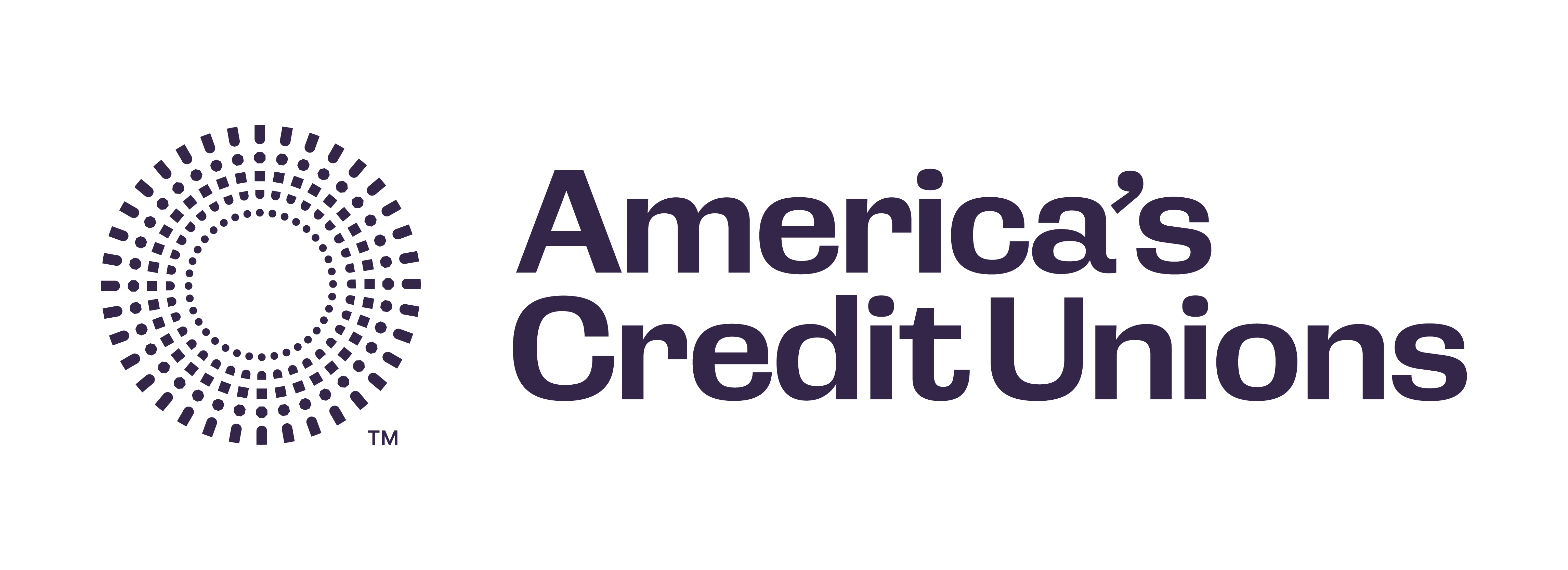Newsroom
December 06, 2016
NAFCU, trades push regulatory cost control
NAFCU and 379 other associations joined in calling for House Speaker Paul Ryan, R-Wis., to make the "Regulatory Accountability Act" – a bill that would mandate cost control in regulation – a priority in the 115th Congress.
The "Regulatory Accountability Act of 2015" passed the House on January 13, 2015, but was never considered by the Senate. The law would require that regulations be narrowly tailored, supported by strong and credible data and evidence, and impose the lowest possible burden while still implementing congressional intent.
"The Regulatory Accountability Act builds on established principles of fair regulatory process and review that have been embodied in bipartisan executive orders dating to at least the Clinton administration," NAFCU and other signers wrote in a letter to Ryan Monday. "The Act would make the regulatory process more transparent, agencies more accountable for their decisions, and regulations better-tailored to achieve their purpose without unnecessary burdens on stakeholders.
"The Regulatory Accountability Act would allow Congress and the public to reassert control over a federal regulatory bureaucracy that is opaque, unaccountable, and often unfair," the signers continued.
Under the bill, a least-cost implementation of rules would be required unless an agency could demonstrate that public health, safety or welfare required a more costly approach. Other key provisions would:
• give interested parties a chance to hold agencies accountable for their own compliance with the Information Quality Act;
• provide for on-the-record administrative hearings for the most costly rules to ensure agency data is well tested and reviewed;
• provide for a more rigorous test in legal challenges for rules that would have the most impact.
The "Regulatory Accountability Act of 2015" passed the House on January 13, 2015, but was never considered by the Senate. The law would require that regulations be narrowly tailored, supported by strong and credible data and evidence, and impose the lowest possible burden while still implementing congressional intent.
"The Regulatory Accountability Act builds on established principles of fair regulatory process and review that have been embodied in bipartisan executive orders dating to at least the Clinton administration," NAFCU and other signers wrote in a letter to Ryan Monday. "The Act would make the regulatory process more transparent, agencies more accountable for their decisions, and regulations better-tailored to achieve their purpose without unnecessary burdens on stakeholders.
"The Regulatory Accountability Act would allow Congress and the public to reassert control over a federal regulatory bureaucracy that is opaque, unaccountable, and often unfair," the signers continued.
Under the bill, a least-cost implementation of rules would be required unless an agency could demonstrate that public health, safety or welfare required a more costly approach. Other key provisions would:
• give interested parties a chance to hold agencies accountable for their own compliance with the Information Quality Act;
• provide for on-the-record administrative hearings for the most costly rules to ensure agency data is well tested and reviewed;
• provide for a more rigorous test in legal challenges for rules that would have the most impact.
Share This
Related Resources
Add to Calendar 2024-06-26 14:00:00 2024-06-26 14:00:00 Gallagher Executive Compensation and Benefits Survey About the Webinar The webinar will share trends in executive pay increases, annual bonuses, and nonqualified benefit plans. Learn how to use the data charts as well as make this data actionable in order to improve your retention strategy. You’ll hear directly from the survey project manager on how to maximize the data points to gain a competitive edge in the market. Key findings on: Total compensation by asset size Nonqualified benefit plans Bonus targets and metrics Prerequisites Demographics Board expenses Watch On-Demand Web NAFCU digital@nafcu.org America/New_York public
Gallagher Executive Compensation and Benefits Survey
preferred partner
Gallagher
Webinar
Add to Calendar 2024-06-21 09:00:00 2024-06-21 09:00:00 The Evolving Role of the CISO in Credit Unions Listen On: Key Takeaways: [01:30] Being able to properly implement risk management decisions, especially in the cyber age we live in, is incredibly important so CISOs have a lot of challenges here. [02:27] Having a leader who can really communicate cyber risks and understand how ready that institution is to deal with cyber events is incredibly important. [05:36] We need to be talking about risk openly. We need to be documenting and really understanding what remediating risk looks like and how you do that strategically. [16:38] Governance, risk, compliance, and adherence to regulatory controls are all being looked at much more closely. You are also seeing other technology that is coming into the fold directly responsible for helping CISOs navigate those waters. [18:28] The reaction from the governing bodies is directly related to the needs of the position. They’re trying to help make sure that we are positioned in a way that gets us the most possibility of success, maturing our postures and protecting the institutions. Web NAFCU digital@nafcu.org America/New_York public
The Evolving Role of the CISO in Credit Unions
preferred partner
DefenseStorm
Podcast
AI in Action: Redefining Disaster Preparedness and Financial Security
Strategy
preferred partner
Allied Solutions
Blog Post
Get daily updates.
Subscribe to NAFCU today.
